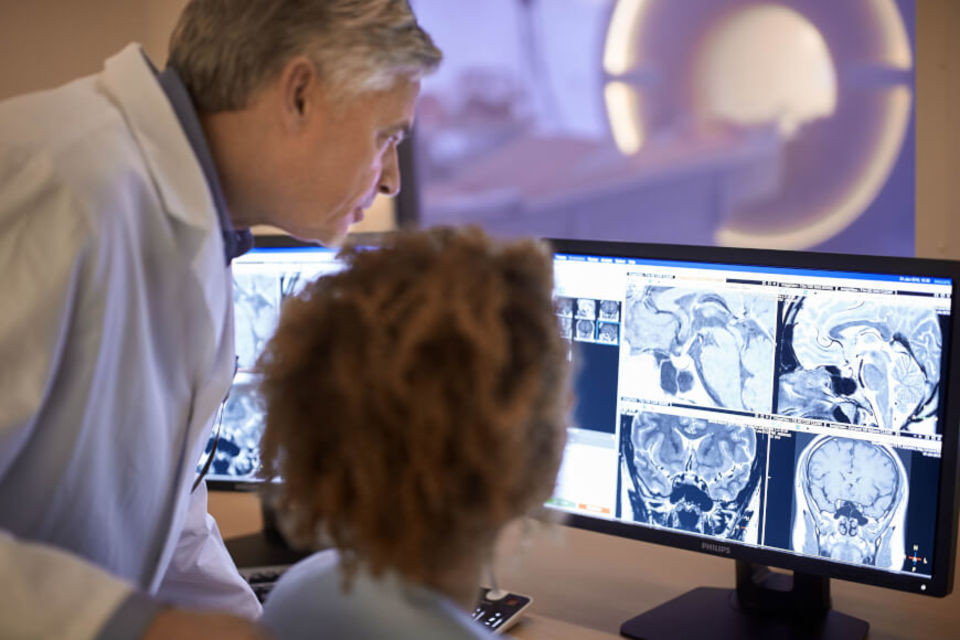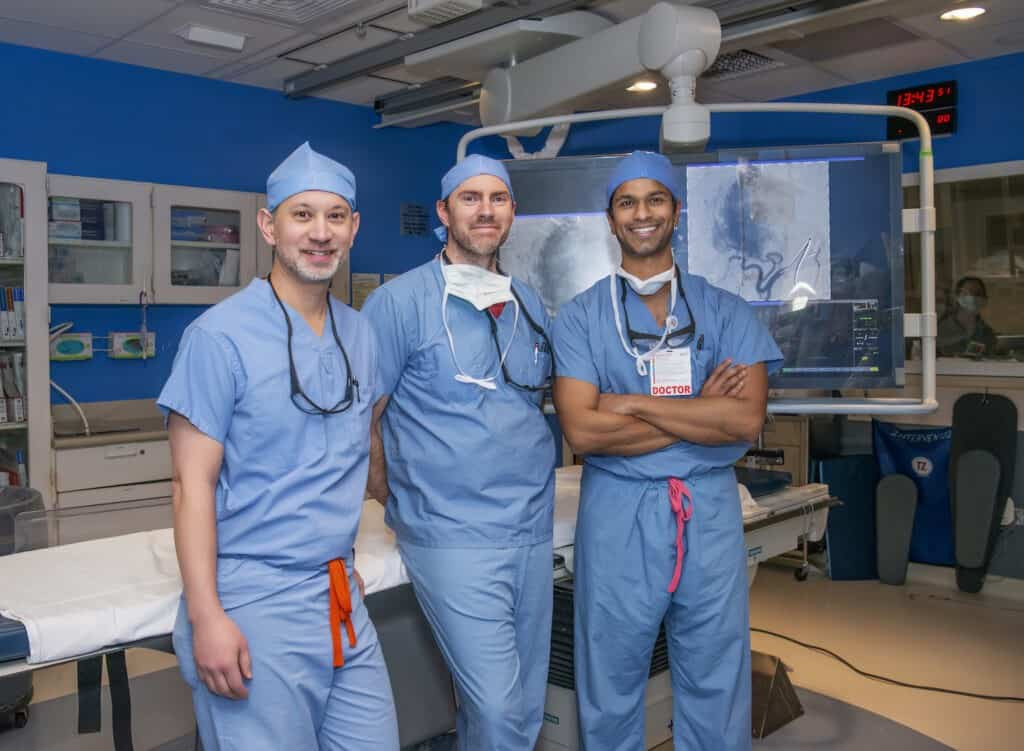Radiologists Face a $1 Billion Certification Bill: A Comprehensive Analysis
This groundbreaking research unveils a startling truth about the financial burden faced by radiologists across their careers: a nearly $1 billion expenditure on board certification. Published in the American Journal of Medicine, the study meticulously details the extensive costs associated with initial certification and its subsequent maintenance. This revelation sparks a crucial conversation regarding the value, cost-effectiveness, and potential alternatives to the current system.
The Staggering Cost of Certification
The research quantifies the financial commitment required by radiologists throughout their 35-year career. The initial board certification alone accounts for an estimated $208.5 million across the entire workforce, while maintaining the designation adds another staggering $775.3 million. In total, today’s diagnostic radiologist workforce will spend nearly $984 million on certification. This figure underscores the significant financial investment required to maintain professional standing in this crucial field.
Deep Dive into Radiology Certification Exams
The study delves into the specifics of radiology certification exams, highlighting their intensity and expense. The initial radiology exam comprises two parts: the first with 615 questions spanning 11.5 hours and costing $1,920, and the second containing 298 questions spread over 5.7 hours with a cost of $1,280. Radiology stands out as one of only 15 specialties requiring more than one exam and one of three with a second multiple-choice test. The exams, though rigorous, boast impressive pass rates of 95% and 86% respectively.
Maintaining Certification: A Continuing Financial Commitment
Maintaining certification also incurs substantial costs. The Maintenance of Certification (MOC) exam in radiology presents a further challenge, involving 260 questions over 13 hours. This requirement must be fulfilled every five years, in addition to accumulating 125 CME credits and completing self-assessments. To sustain their certification, radiologists must pay an annual fee of $340, adding up to a significant recurring expense.
The Broader Context: A $12 Billion Industry Burden
The financial implications extend far beyond individual radiologists. The research further examines the cumulative cost across all American Board of Medical Specialties (ABMS) member boards. It estimates that the cost for initial certification amounts to almost $3 billion and a further $9 billion for MOC over the course of a physician’s career—a total of $12 billion for the entire industry. This highlights the immense financial burden placed on the healthcare system and brings into sharper focus the urgent need for thorough evaluation of the entire certification process.
Financial Performance of the American Board of Radiology (ABR)
The study analyzed the financial performance of the ABR. The ABR generated approximately $18.4 million in revenue in 2022, with 95.7% stemming from fees. The board's expenses totaled approximately $18.4 million, where 62.5% was spent on employee compensation and a small portion, around 1.6% or $300,000 went to expenses for administering the exams. Despite its significant expenditures, the ABR maintains a substantial net balance, reflecting a profitable operation and considerable assets. These findings provide valuable insight into the financial structure of professional medical boards.
Examining the Value and Alternatives
The high cost of certification has led to questions regarding its actual value. Physicians have voiced concerns, arguing that the process is overly expensive and lacks demonstrable benefit in improving patient outcomes. A Tennessee physician even filed a lawsuit against the ABR several years ago, though it was dismissed. While board certification plays an essential role in maintaining standards, this study fuels the ongoing debate on the optimal balance between ensuring quality and mitigating excessive financial burdens.
The Future of Certification: Exploring Alternatives
The authors suggest that these vast resources may be better allocated. Potential alternatives include promoting individual physician self-regulation, improving the physician work environment, and enhancing overall well-being to optimize physician performance. This calls for a comprehensive evaluation of existing processes, exploring innovative approaches that balance cost-effectiveness with the maintenance of high standards in the medical profession. The debate continues regarding more effective and cost-efficient methods for ensuring the competence of healthcare professionals. Further research is essential to determine the long-term implications of the current system and to investigate the potential benefits of alternative approaches.
A Call for Further Research and Reform
In conclusion, the study serves as a vital wake-up call, emphasizing the immense financial investment required for board certification in radiology and the broader healthcare system. The substantial costs warrant critical examination into its effectiveness and cost-effectiveness. The research underscores the urgent need for further investigation and open discussion of alternative strategies that prioritize both maintaining high standards of care and mitigating the escalating financial burdens faced by radiologists and the healthcare industry as a whole. The high costs and the lack of demonstrable impact on patient care beg for reform in the certification process. A complete overhaul may well be in order.


















